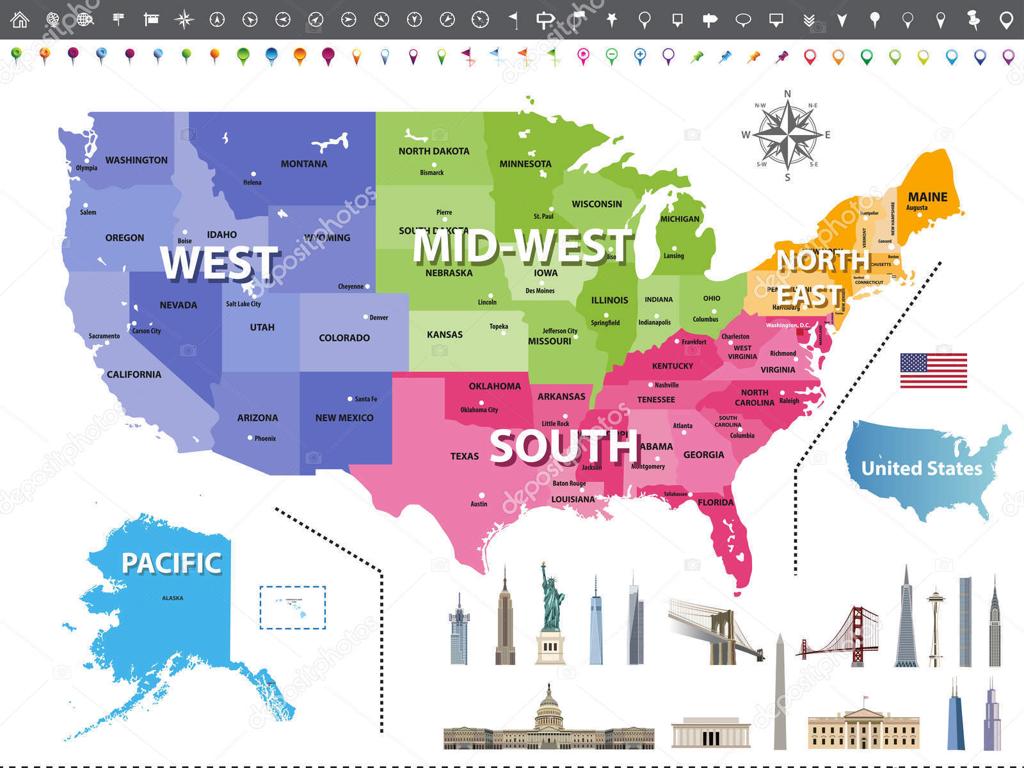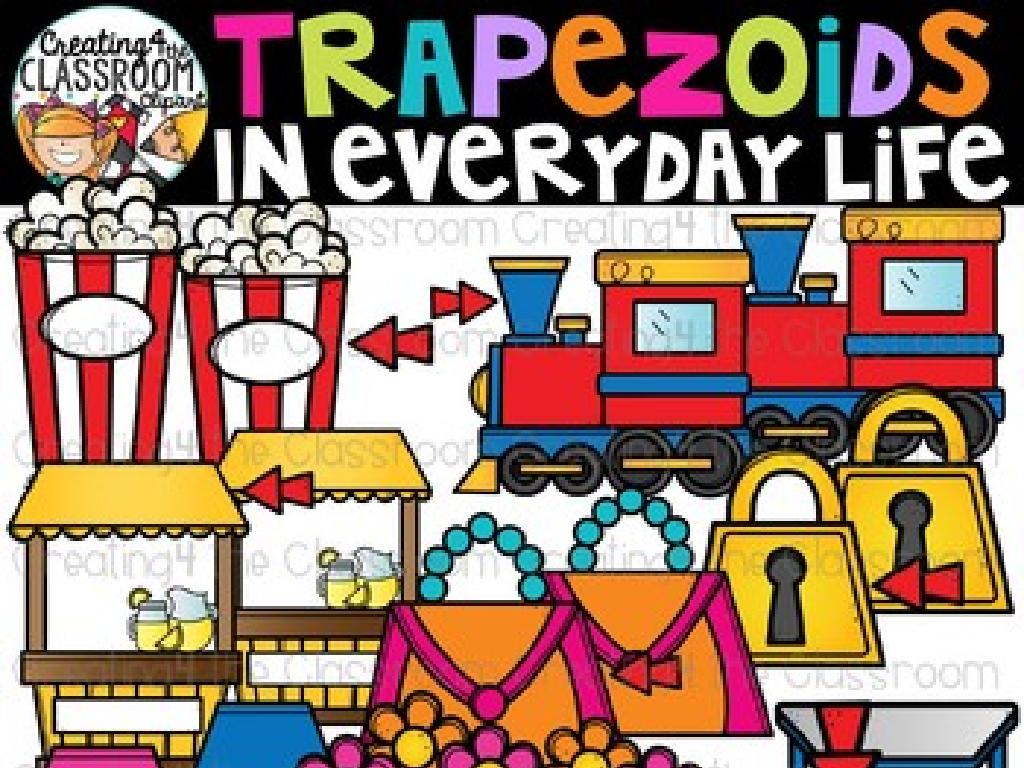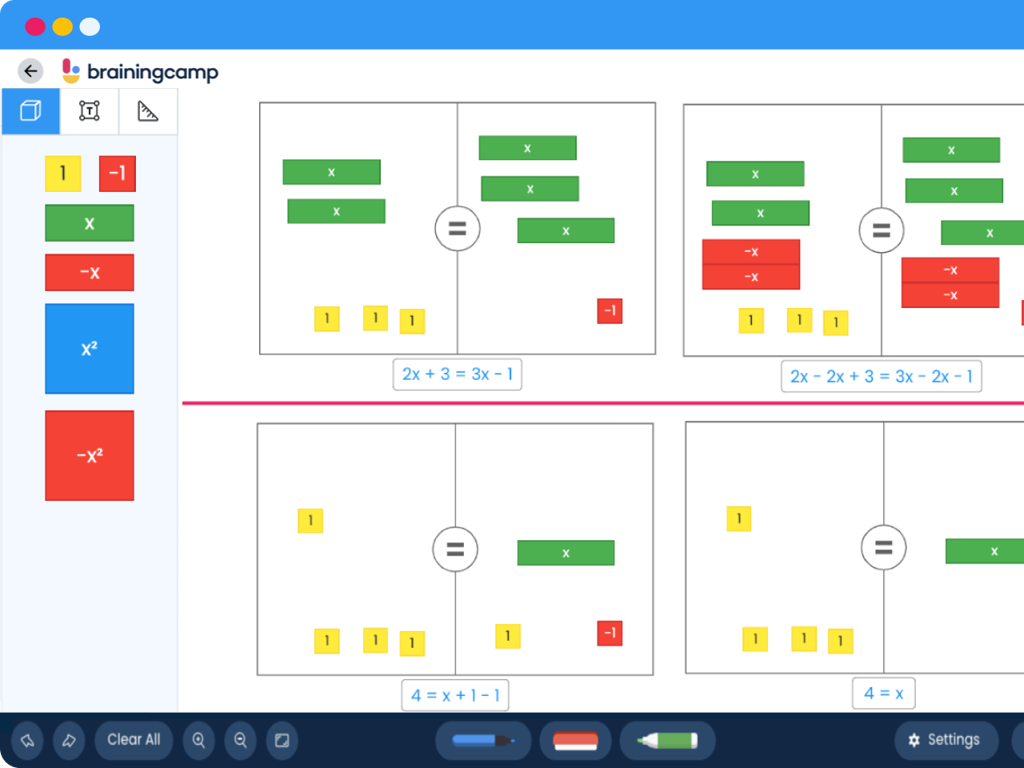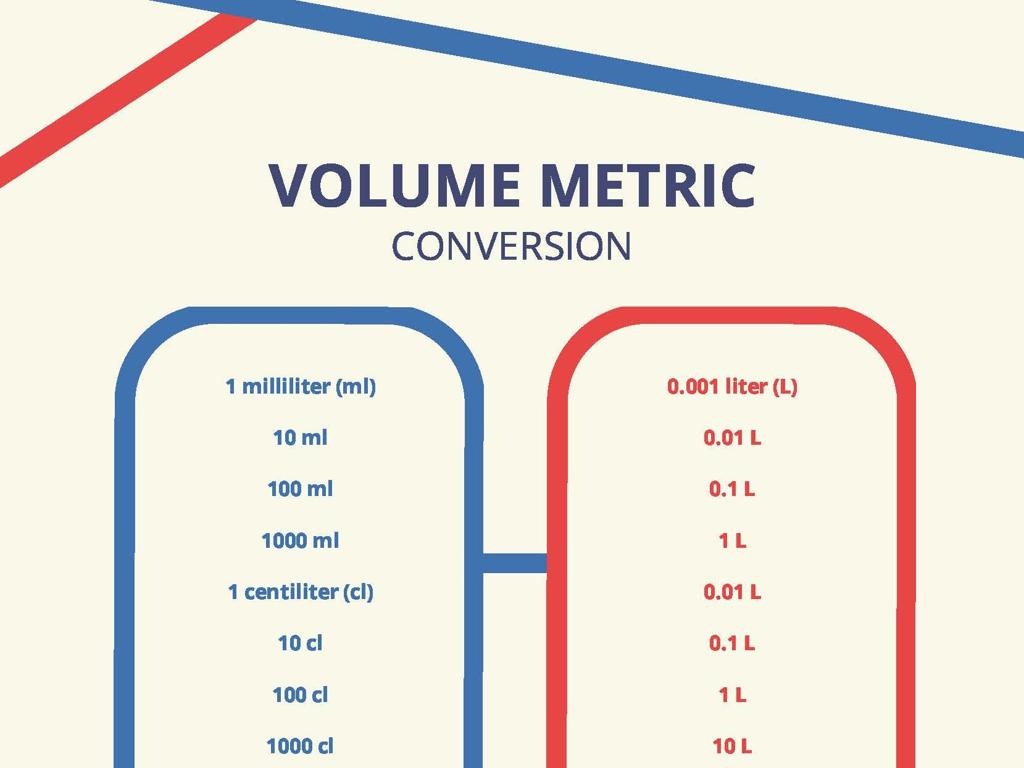The American Revolution: Preparing For War
Subject: Social studies
Grade: Fifth grade
Topic: The American Revolution
Please LOG IN to download the presentation. Access is available to registered users only.
View More Content
The American Revolution: Preparing for War
– Roots of the American nation
– How early settlements led to a new nation
– Overview of the American Revolution
– A struggle for independence from British rule
– Reasons for colonial preparation
– Taxation without representation sparked rebellion
– Significance of preparation
|
This slide introduces the American Revolution, setting the stage for understanding the conflict that led to the birth of the United States. Begin by discussing the early settlements and the development of the Thirteen Colonies. Explain the American Revolution as the colonies’ fight for independence from British control, emphasizing the desire for self-governance. Highlight key reasons that led the colonies to prepare for war, such as unfair taxes and lack of representation in British Parliament. The significance of preparation includes the unity of the colonies and the strategic planning that was necessary for facing a powerful empire. Encourage students to think about what it means to stand up for one’s rights and how the colonists must have felt during this time.
Causes of the American Revolution
– ‘Intolerable Acts’ impact
– Series of laws passed by Britain, seen as unfair by colonists
– Taxation without representation
– Colonists had to pay taxes but couldn’t vote on British laws
– Key event: Boston Tea Party
– Protest against tea tax, colonists dumped tea into Boston Harbor
– Key event: Stamp Act
– Tax on paper goods, led to widespread protests by colonists
|
This slide aims to introduce students to the major causes that led to the American Revolution. Begin with the ‘Intolerable Acts,’ which were laws that the British Parliament passed that the American colonists found very unfair and oppressive. Explain the concept of ‘taxation without representation,’ where the colonists were angry about being taxed by a government in which they had no voice. Highlight the Boston Tea Party as a significant act of protest against the tea tax, where colonists dumped tea into the harbor. Discuss the Stamp Act as another major tax that affected all paper goods, which also led to widespread discontent and protest. Use these events to show how the colonists’ frustration built up over time, leading to the desire for independence.
Key Figures in the American Revolution
– Meet General George Washington
– Led the Continental Army against the British
– Discover Benjamin Franklin’s impact
– Helped to gain French support for the war
– Explore Thomas Jefferson’s contributions
– Authored the Declaration of Independence
– Understanding their roles in the war
|
This slide introduces students to three pivotal figures of the American Revolution. George Washington was the commander-in-chief of the Continental Army and his leadership was crucial to the American victory. Benjamin Franklin played a key diplomatic role, especially in securing France’s support, which was vital for the war’s success. Thomas Jefferson, as the main author of the Declaration of Independence, articulated the colonies’ desire for freedom. Understanding these individuals helps students grasp the human element behind the historical events and the collaborative effort required to achieve independence. Encourage students to think about the qualities these leaders possessed that contributed to their roles in the war.
The American Revolution: Preparing for War
– Understanding militias
– A militia is a group of ordinary people trained to fight in emergencies.
– Minutemen’s preparation
– Minutemen trained to be ready at a moment’s notice, practicing drills.
– Role of the Continental Army
– The main force of the American revolutionary forces, established by the Second Continental Congress.
– Significance in the Revolution
– It marked the organized resistance against British rule, leading to American independence.
|
This slide introduces students to the early stages of military organization during the American Revolution. A militia is explained as a civilian fighting force that could be called upon in times of need. The Minutemen were a unique group known for their quick response time. Emphasize their dedication and the rigorous training they underwent to be ready to fight swiftly. The Continental Army’s formation was a pivotal moment in American history, as it signified a united colonial front against British control. Discuss the importance of these military preparations in the context of the colonies’ quest for independence and how they contributed to the eventual success of the American Revolution.
Life of a Revolutionary Soldier
– Soldier’s daily life
– Wake up early, train, and perform duties
– Military training
– Learning to march, fight, and follow orders
– Women and children’s roles
– They supported by cooking, nursing, and even spying
– Overcoming hardships
– Dealing with weather, hunger, and missing home
|
This slide aims to give students a glimpse into the life of soldiers during the American Revolution. Discuss the daily routines, including the early mornings, rigorous training, and various duties that soldiers had to perform. Emphasize the strict military training and discipline that was essential for survival and success in battle. Highlight the crucial roles women and children played, such as providing food, medical care, and support, and sometimes even taking part in the war effort directly. Address the challenges faced by soldiers, such as harsh weather conditions, scarcity of food, and the emotional toll of being away from family. Encourage students to empathize with the soldiers and understand the sacrifices made during the war.
The Global Impact of the American Revolution
– World view on American Revolution
– Many countries were watching how the colonies challenged Britain.
– France’s support for colonies
– France provided military aid and funds to the American colonies.
– Global significance of the war
– The war inspired other countries to fight for their independence.
– Effects on other nations
|
This slide aims to help students understand the international perspective of the American Revolution. It’s important to convey that the conflict was not isolated and had worldwide attention. France’s involvement was crucial, providing supplies, soldiers, and naval support, which played a significant role in the colonies’ victory. The global significance extends to the war being a symbol of freedom and democracy, influencing other nations to pursue their own independence movements. Discuss how the American Revolution was a turning point in history, not just for America but for the world, as it set an example for others to follow.
Class Activity: Revolutionary War Role-Play
– Divide into British and American soldiers
– Prepare arguments and strategies
– Re-enact a key pre-war event
– Choose an event like the Boston Tea Party or the Intolerable Acts
– Reflect on the perspectives
– Understand each side’s viewpoint and reasons for war
|
This interactive class activity is designed to immerse students in the historical context of the American Revolution. By dividing the class into British and American soldiers, students will engage with history by preparing arguments and strategies that each side might have used. Select a key event leading up to the war, such as the Boston Tea Party or the Intolerable Acts, for the re-enactment. Encourage students to research their roles and understand the perspectives and motivations of both the British and American sides. After the role-play, facilitate a discussion that allows students to reflect on the different viewpoints and the complexities of the conflict. This activity will help students develop a deeper understanding of the causes of the American Revolution and the challenges faced by people at the time.
Reflecting on the American Revolution
– Recap today’s lessons
– Significance of the Revolution
– How it shaped our nation and freedoms
– Open floor for discussion
– Ask any questions or share insights
– Share your thoughts
– What did you find most interesting?
|
This slide aims to consolidate the day’s learning and encourage students to reflect on the importance of the American Revolution. Begin by summarizing the key points covered in the lesson. Discuss why the American Revolution is still relevant today, emphasizing its role in establishing the United States and the values of freedom and democracy. Open the floor for students to ask questions, ensuring a safe space for all voices to be heard. Encourage them to share their thoughts and what they found most intriguing about the lesson. This discussion will help reinforce their understanding and make connections to the present day.





